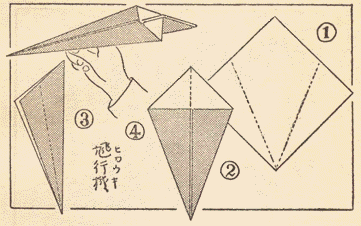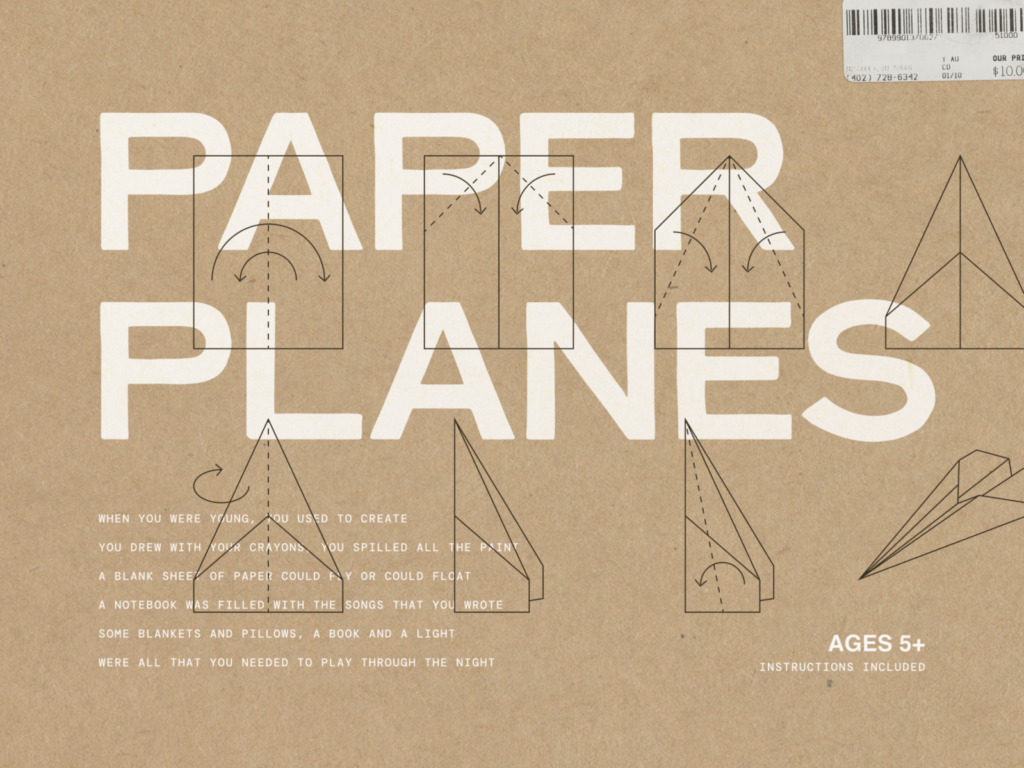Paper airplanes, also known as paper airplanes or paper gliders, have been around for centuries. The earliest known reference to a paper airplane is found in a Chinese text from the year 190 AD, which describes a toy made from wood or paper that was thrown to entertain children. However, it wasn’t until the early 20th century that paper airplanes began to be studied and designed with the principles of aerodynamics in mind. In the 1930s, German scientist and glider pilot Alexander Lippisch began experimenting with different types of paper planes & different models of gliders and developed a design that he called the “Delta-Dart.” This design featured a triangular wing shape, which helped to increase lift and stability.
Roles of Paper Airplanes in World War II:
During World War II, paper airplanes were used by both the Allies and the Axis powers as a way to test the aerodynamics of new aircraft designs. After the war, paper airplane designs continued to evolve, and by the 1950s, the “Dihedral” design had become popular. This design featured two wings that were angled upward, which helped to improve stability and control in flight. In the 1960s, the “Fowler flap” design was developed. This design featured a flap on the trailing edge of the wing that could be extended or retracted, which allowed for greater control and maneuverability in flight.
Modern types of Paper planes:
Today, paper airplanes are still a popular pastime, and many enthusiasts compete in paper airplane contests, where the goal is to create a paper airplane that can fly the farthest or perform the most impressive stunts. In 2012, John Collins, a paper airplane enthusiast, set the world record for the longest flight of a paper airplane, with a distance of 69.14 meters (226 feet and 10 inches).
History of paper airplanes & the plane making
A paper airplane, also known as a “paper aeroplane,” “paper glider,” or “paper dart,” is a toy plane made out of paper. The paper airplane is a classic example of origami, the Japanese art of paper folding. To make a basic paper airplane, start with a rectangular piece of paper, such as a sheet of printer paper. Fold the paper in half lengthwise, crease it, and then open it back up. Next, fold the top corners of the paper down to the center crease, making a triangle shape. Then, fold the top of the triangle down to the bottom edge, creating a smaller triangle. Finally, fold the wings down along the diagonal creases, and your paper airplane is complete. There are many variations and designs of paper airplanes, each with its own unique flying characteristics. Some are designed for distance, while others are made for stunts and aerial acrobatics.

The Paper airplane world record:
The record for the longest flight by a paper airplane was set by John Collins, who flew a paper plane for a distance of 69.14 meters (226 feet and 10 inches) in 2012. Paper airplanes can be a fun and educational activity for children and adults alike. They can be used to teach basic principles of physics, such as aerodynamics and flight stability.
Types of Paper planes:
There are many different types of paper planes, but some of the most basic and common types include:
The dart
This is a simple design that resembles a triangle. It is easy to make and flies well but does not have many advanced aerodynamic features.
The glider
This is a more advanced design that has a longer, more streamlined body and a longer wing span. It is designed to fly longer distances and stay in the air for longer periods of time.
The stunt plane
This type of paper airplane is designed for performing tricks and stunts in the air. It often has a more complex design and may include features such as wing flaps or ailerons for maneuverability.
An affordable toy for kids:
Paper airplanes have come a long way from the simple toys that entertained children in ancient China. Today, they are a fascinating example of how science and engineering can be used to create something that is both fun and educational. Overall, paper airplanes are an inexpensive, easy-to-make, and endlessly entertaining toy that has been enjoyed by people of all ages for generations. If you want to try out different sorts of paper airplanes check out our free paper airplane design instructions page from Liftndrift


